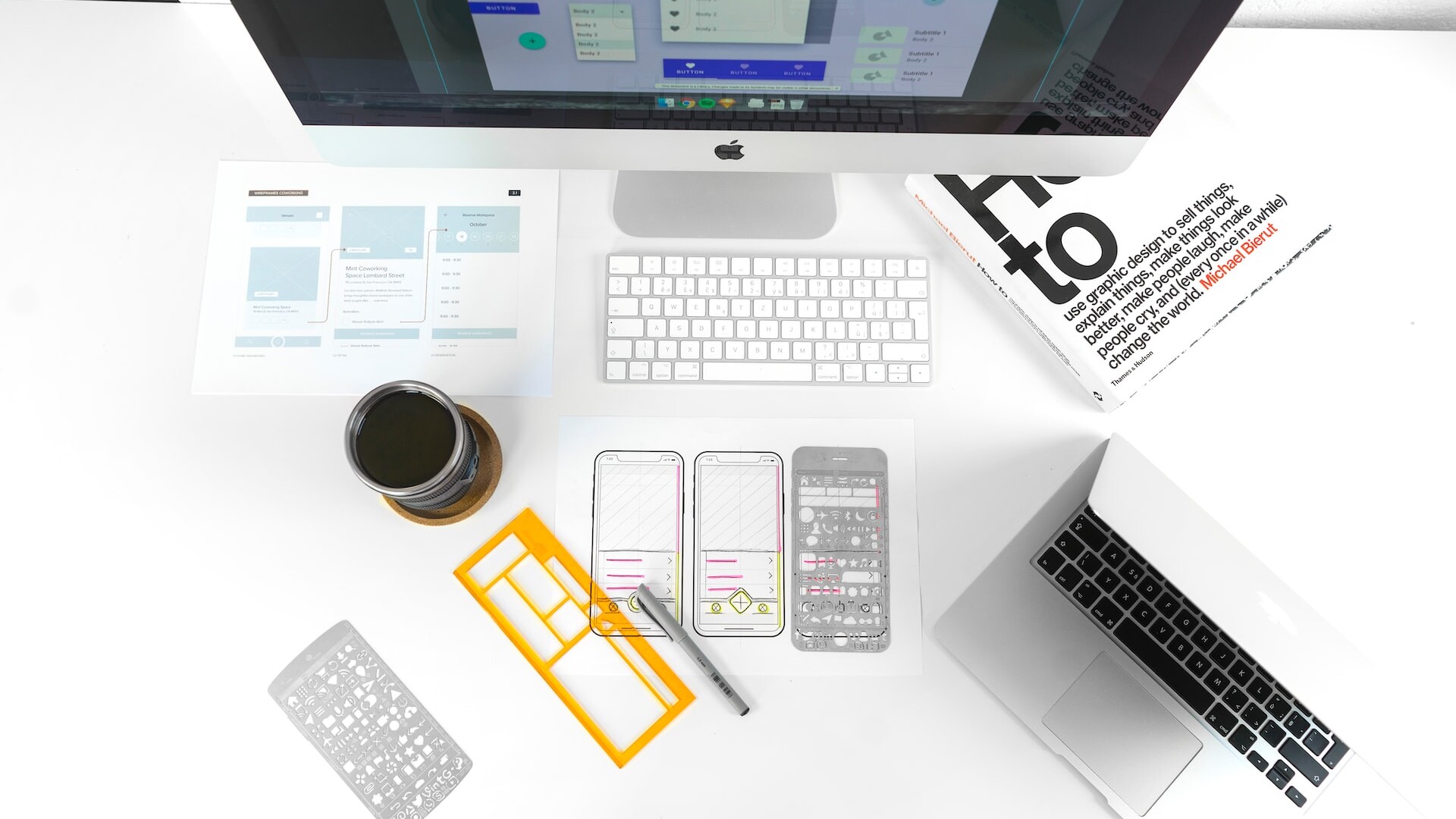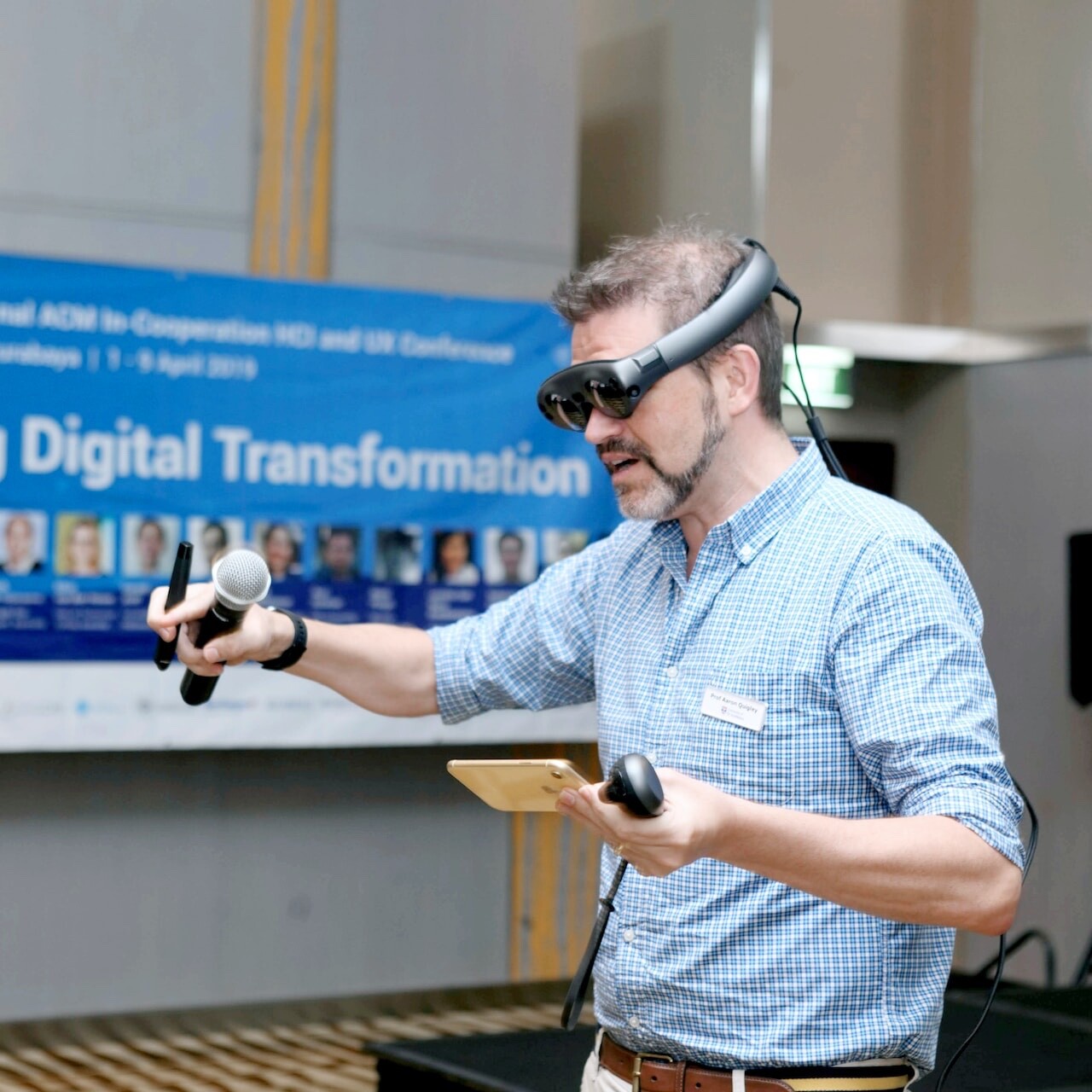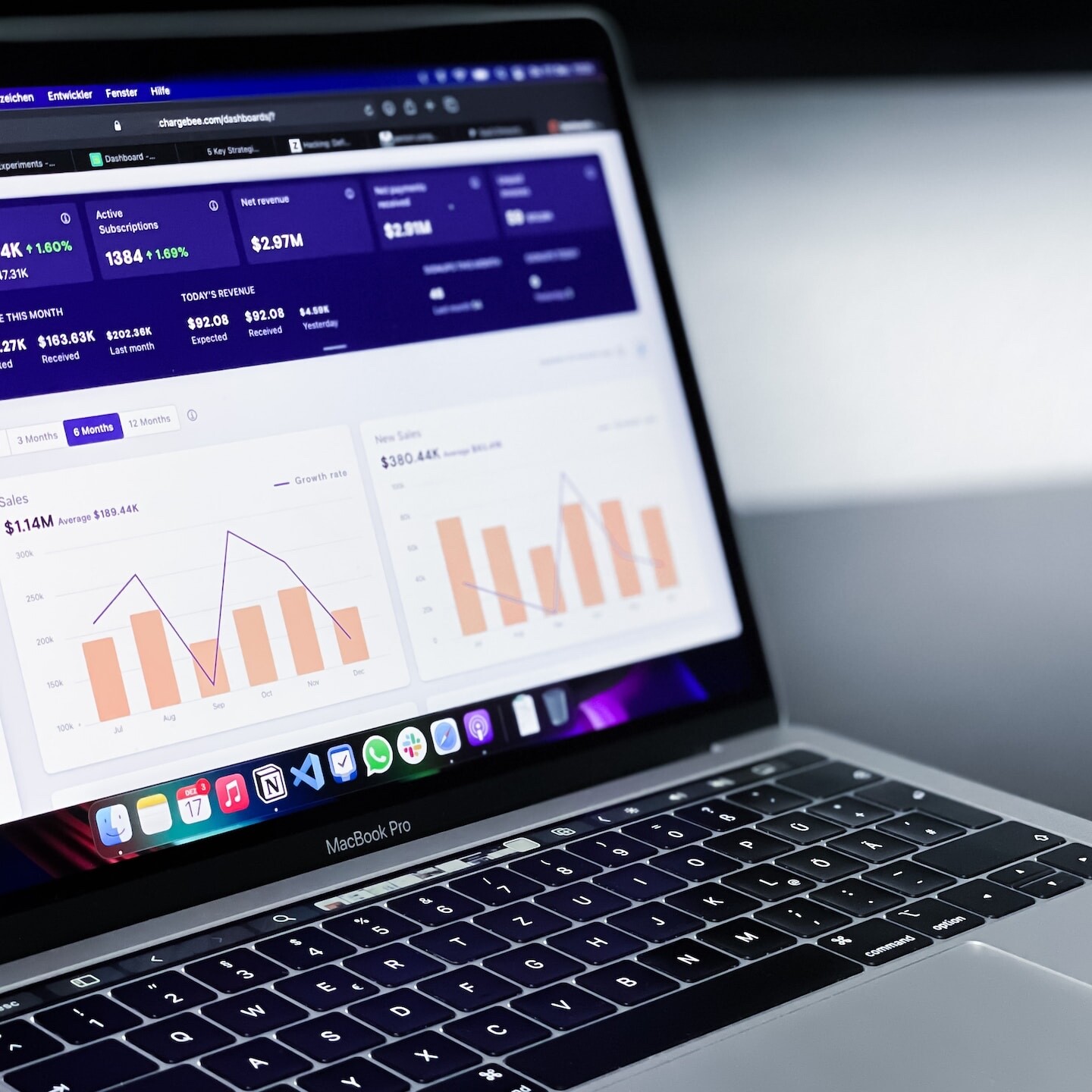Anatomy of A Successful Creative Brief
We all know the optimistic feeling of winning a new client. The possibilities for the project are vast (at least as far as the budget will stretch) and the possibilities for creative are endless. With all the excitement, it’s far too easy to jump into a project, rushing with ideas and innovative approaches – both on the part of the client and the creatives. As the course of the project moves forward, inevitably, clients make changes, designers take liberties and as a result – the true message of the campaign can get lost in translation. This possibility for a communication breakdown can result in costly edits, time spent in development and meetings – or even worse, a stalled project.
To combat the possibility of ill communication, a team must employ a few critical tools to aid in optimal workflow. Enter the creative brief – a document that could be described as the core of successful creative process project management.
Ideally, this concise and to-the-point distillation of the summary, tone and overview of a project can help to achieve focus and direction. The main point of the creative brief is to illuminate the needs of both the project and client, as well as the expected/required steps to deliver the ideal end result. As with any initial starting point, the course of the project can (and more than likely will) shift, however, the creative brief provides a great tool for hindsight in knowing where a project began and how to get it back on track if veering off course
Individual project and team needs vary, and briefs can take many shapes. Often, it is best not overthought, and rather outlined in simplistic terms that all stakeholders at any level of involvement can relate to and easily comprehend.
Summarize the Project
This is the vital cortex of the brief. Begin with a description of the client and what they are known for in addition to how their products, brand and services are viewed and valued in the marketplace. Describe the needs of the client (what they have come to the agency for), as well as what their intended/anticipated goals and what the end result will be. List stakeholders (both client and agency) and contact information. Include links to any existing assets (website url, social media platforms) for team review.
Outline the Targeted User
List all possible users that are the ideal personas for the end result of the project. How will this solution (website, brochure, packaging) help them gain a better understanding of the product or service, ultimately leading to their engagement with the brand. Explain their existing relationship with the brand and how it can be heightened through this initiative.
Set the Tone
Whether it’s a series of words and colors to describe the aesthetic to be portrayed or a crafted style guide, the creative tone of the project should be determined from the onset. Work with client to understand their vision, bringing ideas and material to layer new elements, bringing opportunity for greater creative development. Identify springing points in respect to designs/concepts that the client or team are attuned to, as well as elements that should not be explored.
Identify the Competition
Include a sampling of competitive analysis gathered from both the client and internal market research. Describe how the client differs and how the end result of the project will provide additional or groundbreaking differentiating factors to the user and and marketplace at large. Highlight the client’s value proposition along with areas that need focus and development.
Create a Battle Plan
Summarize a communication strategy. Describe how the project will move along to next steps, who will be involved, for what duration and critical benchmarks. If the project is phased, outline each phase with actions to be performed in each segment. If a project management tool will be used, provide the credentials to access and basic guidelines.
If not already in practice, it’s encouraged to conduct a trial use of the brief with an internal or smaller scope project – scaling up to a larger project once it’s determined that the team is comfortable with the format. If crafted well, the creative brief can be a lifesaver for a creative team, acting as the ideal quick and efficient way to get all stakeholders on the same page – saving resources for all collaborators.




